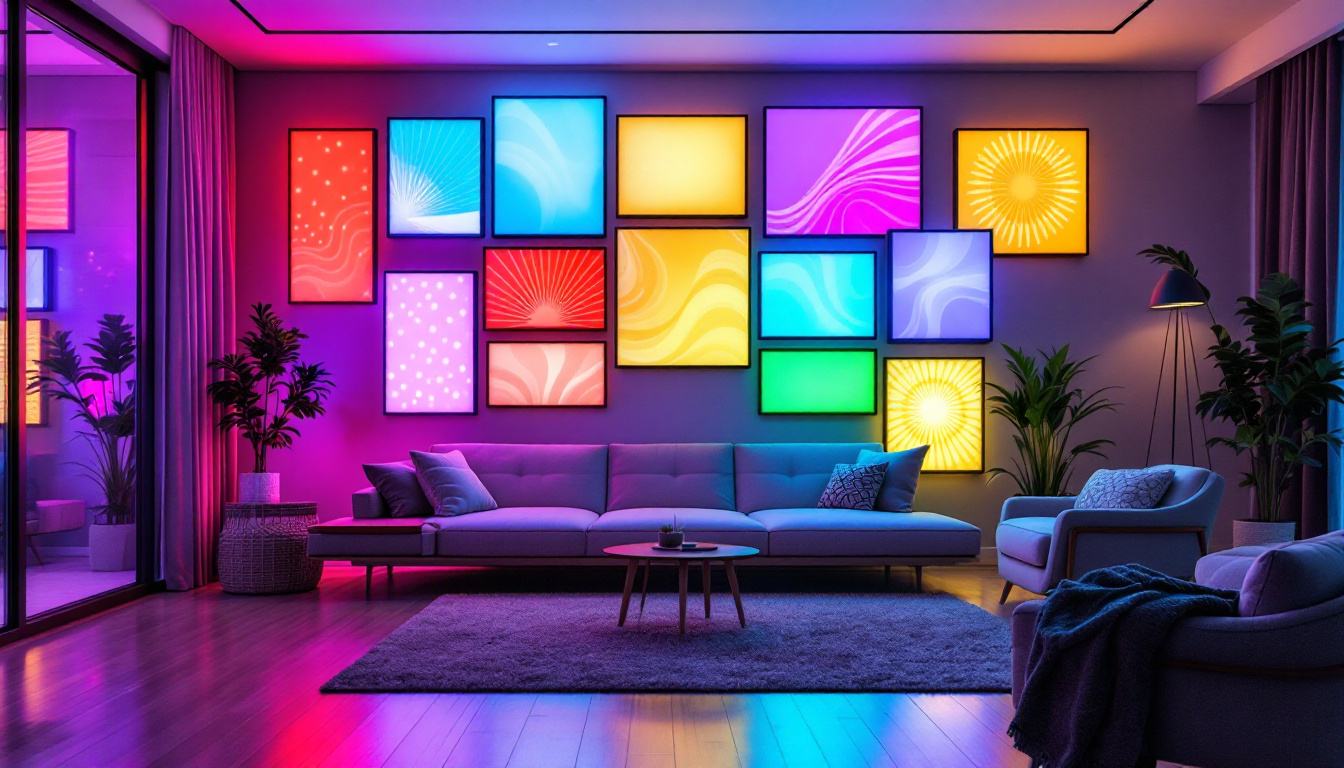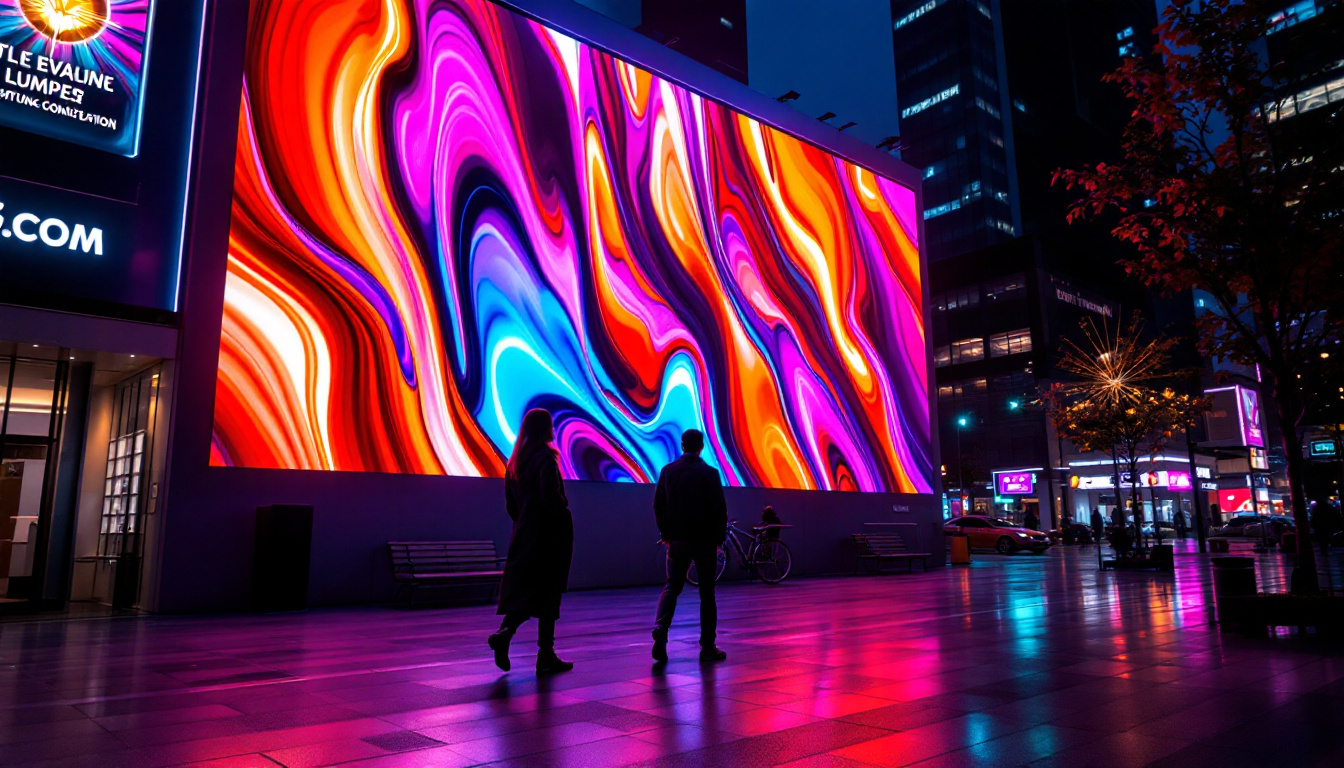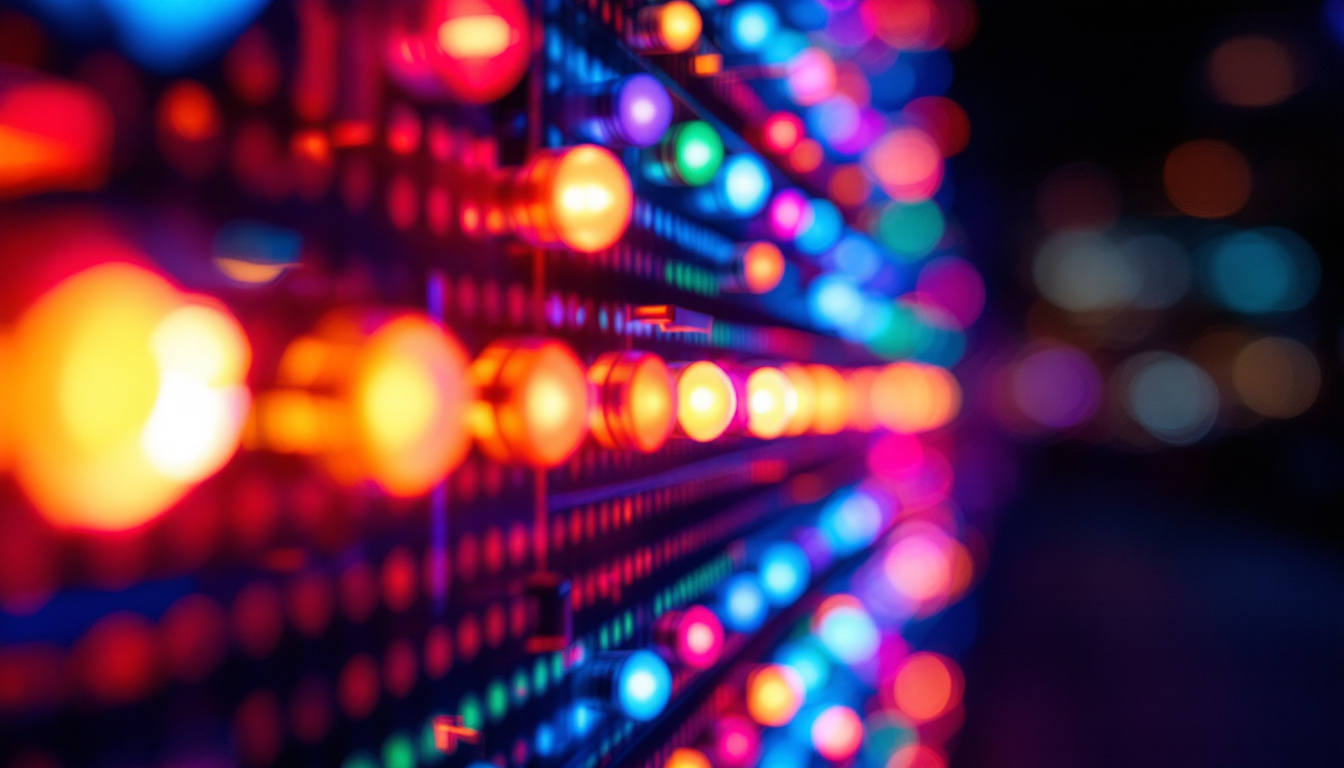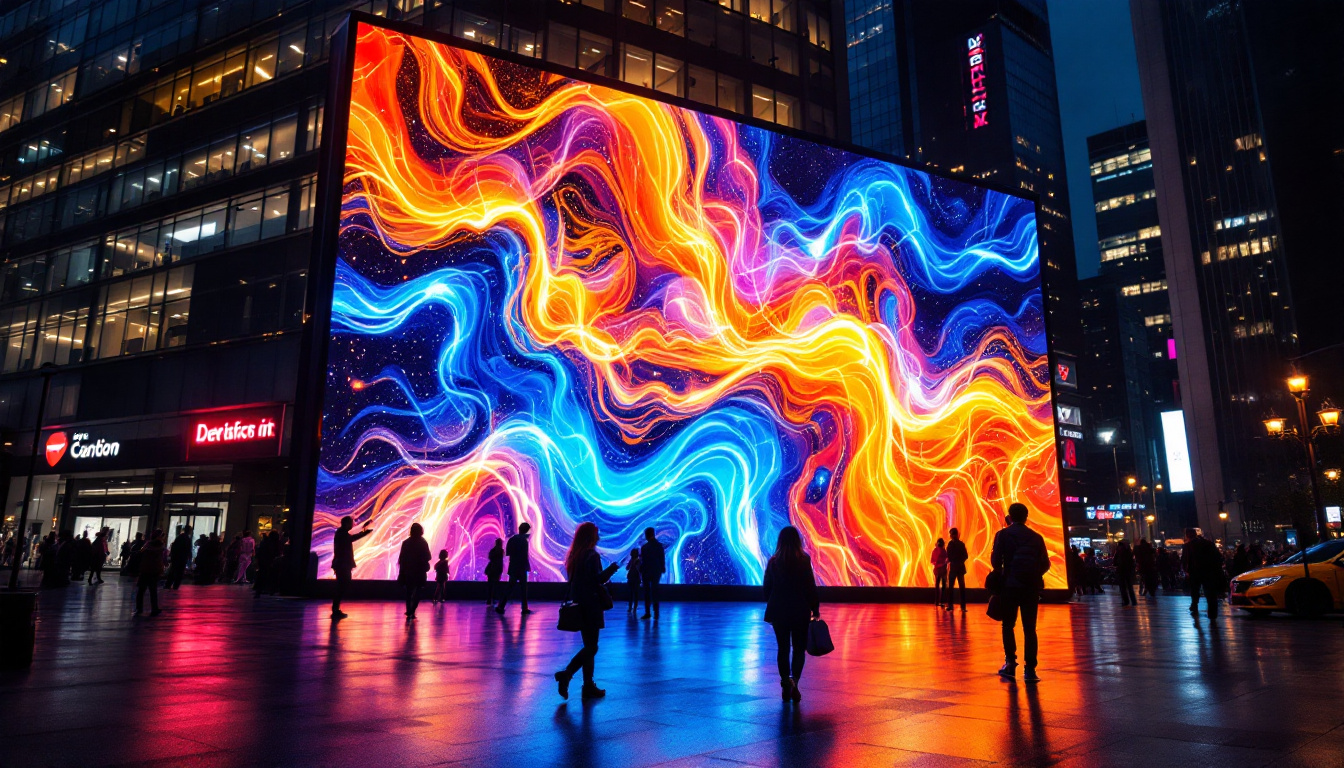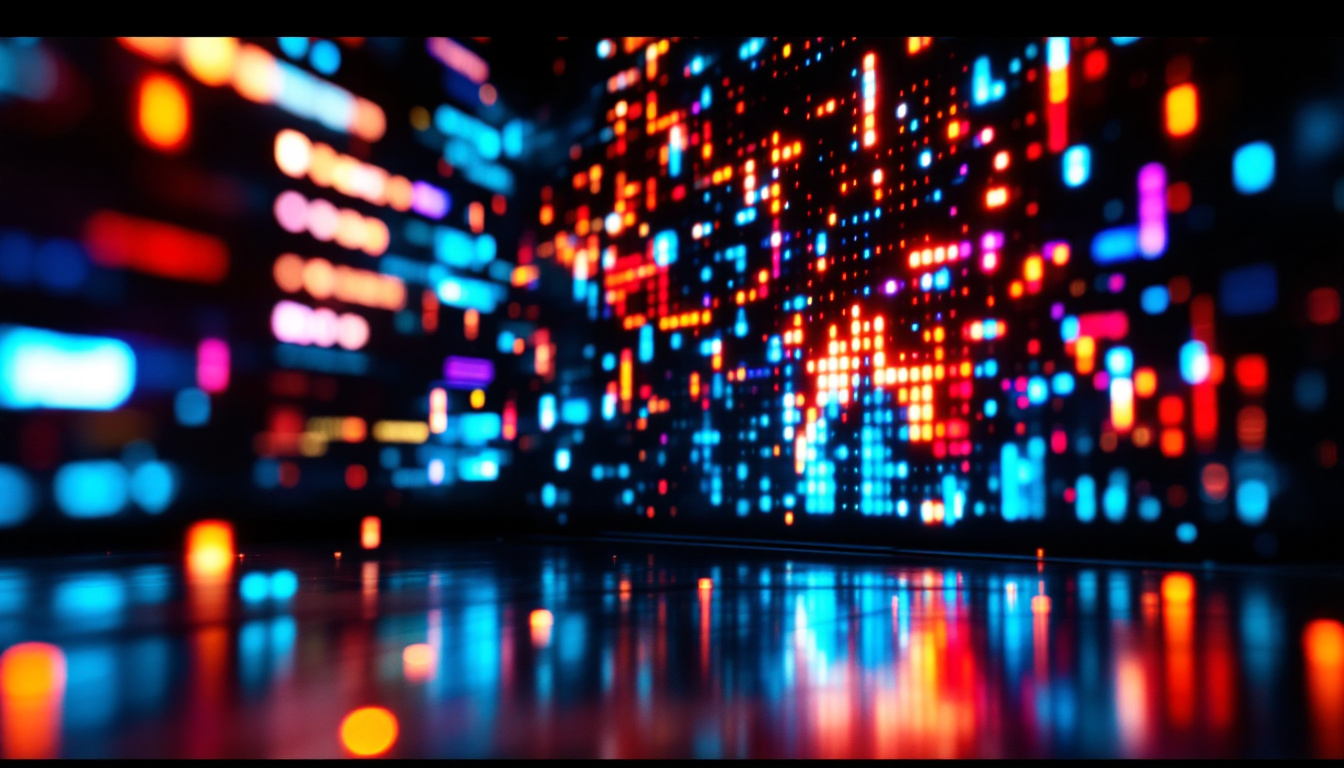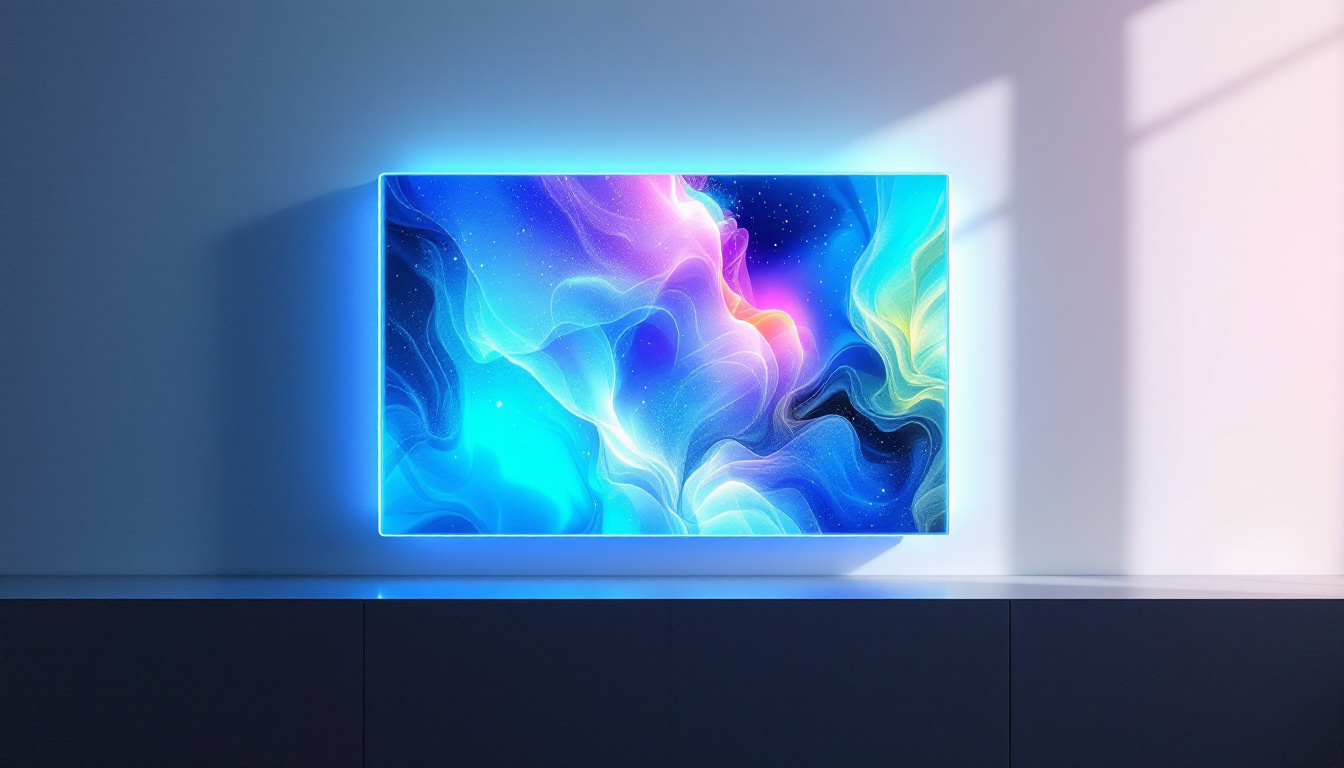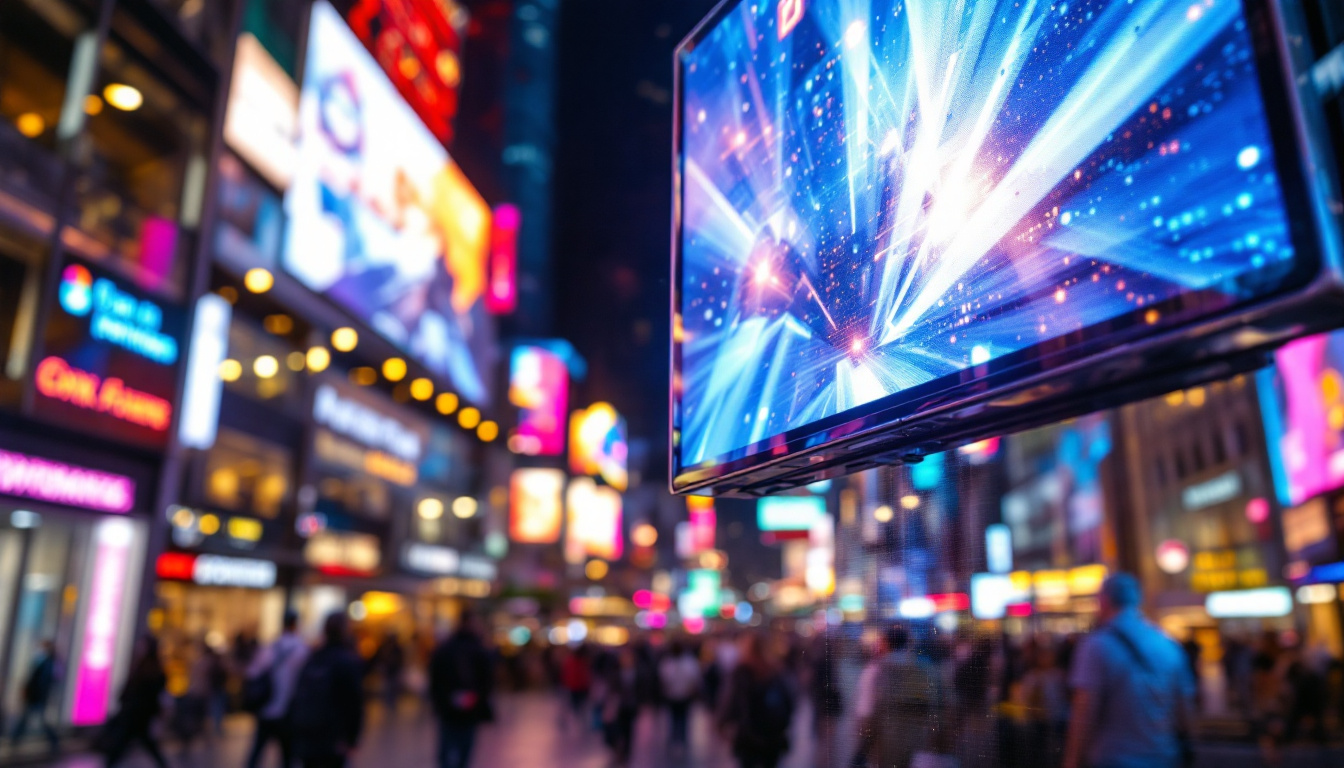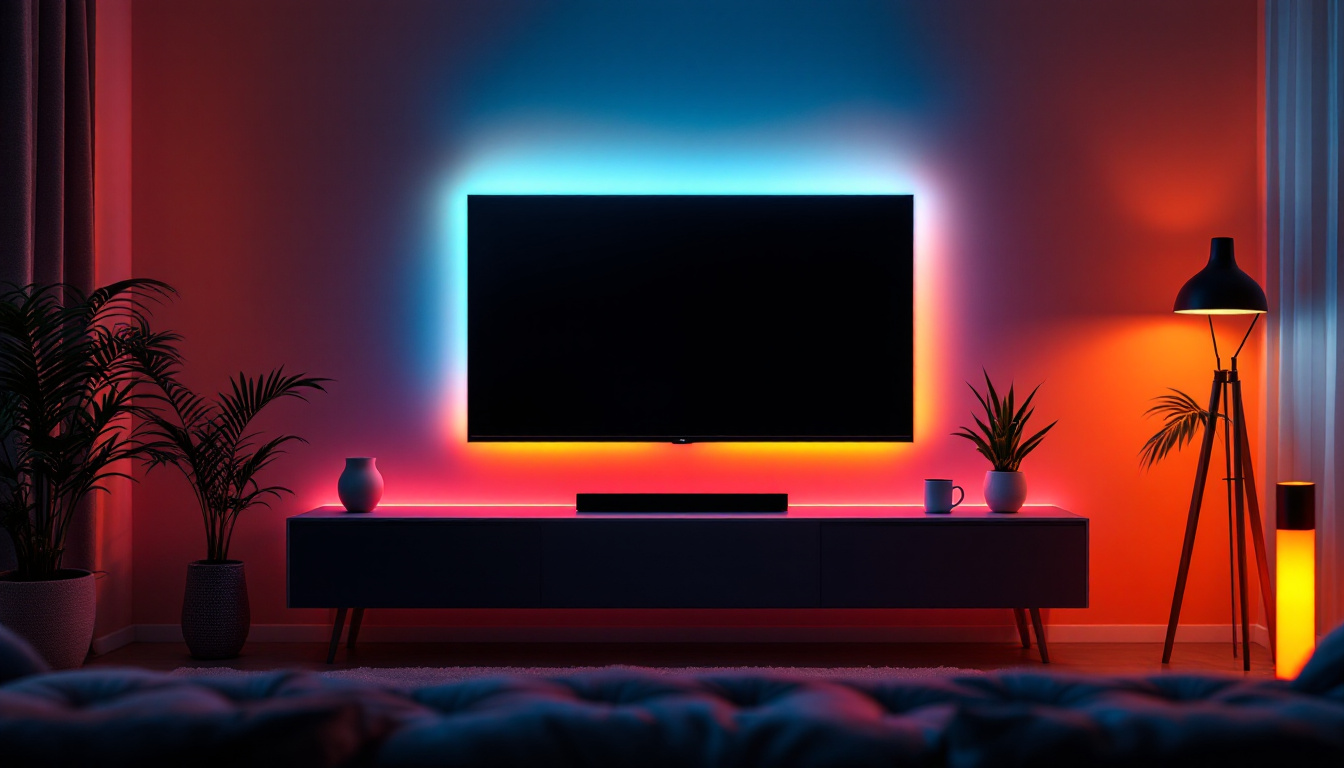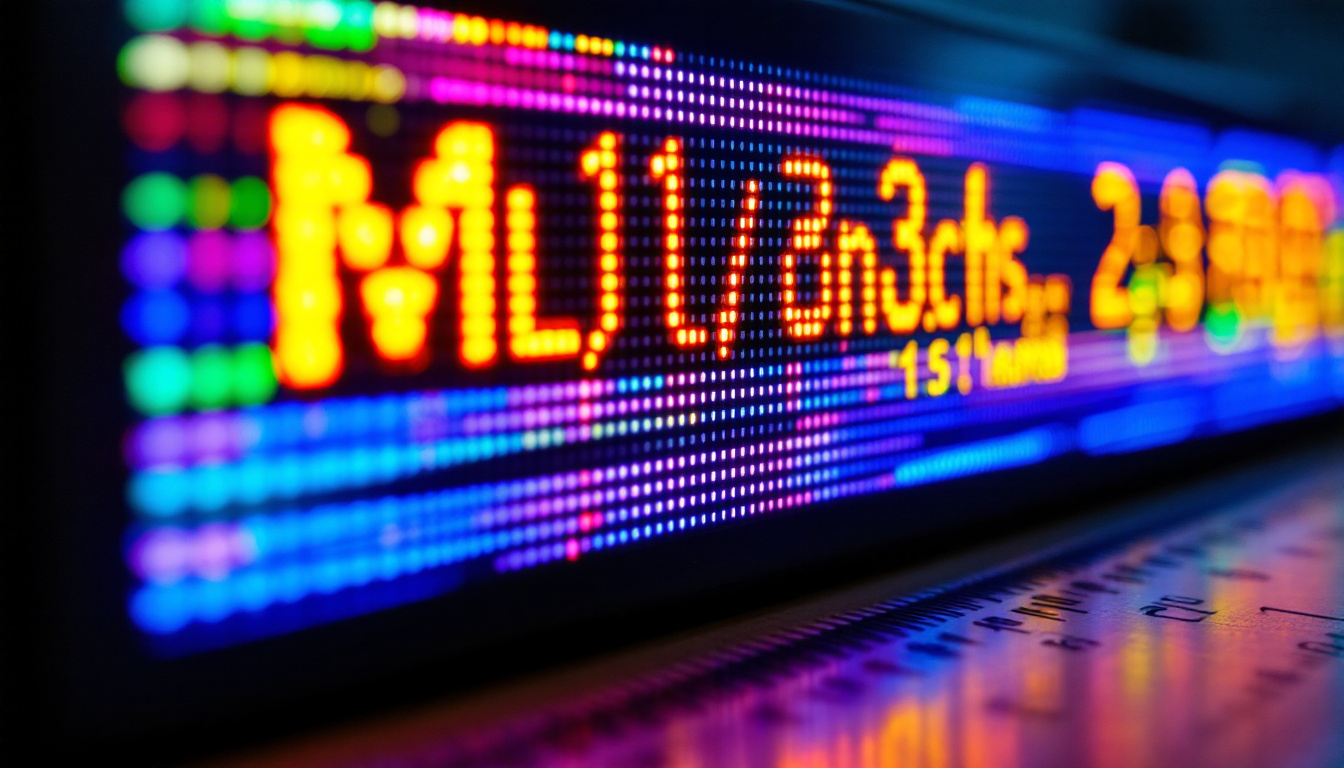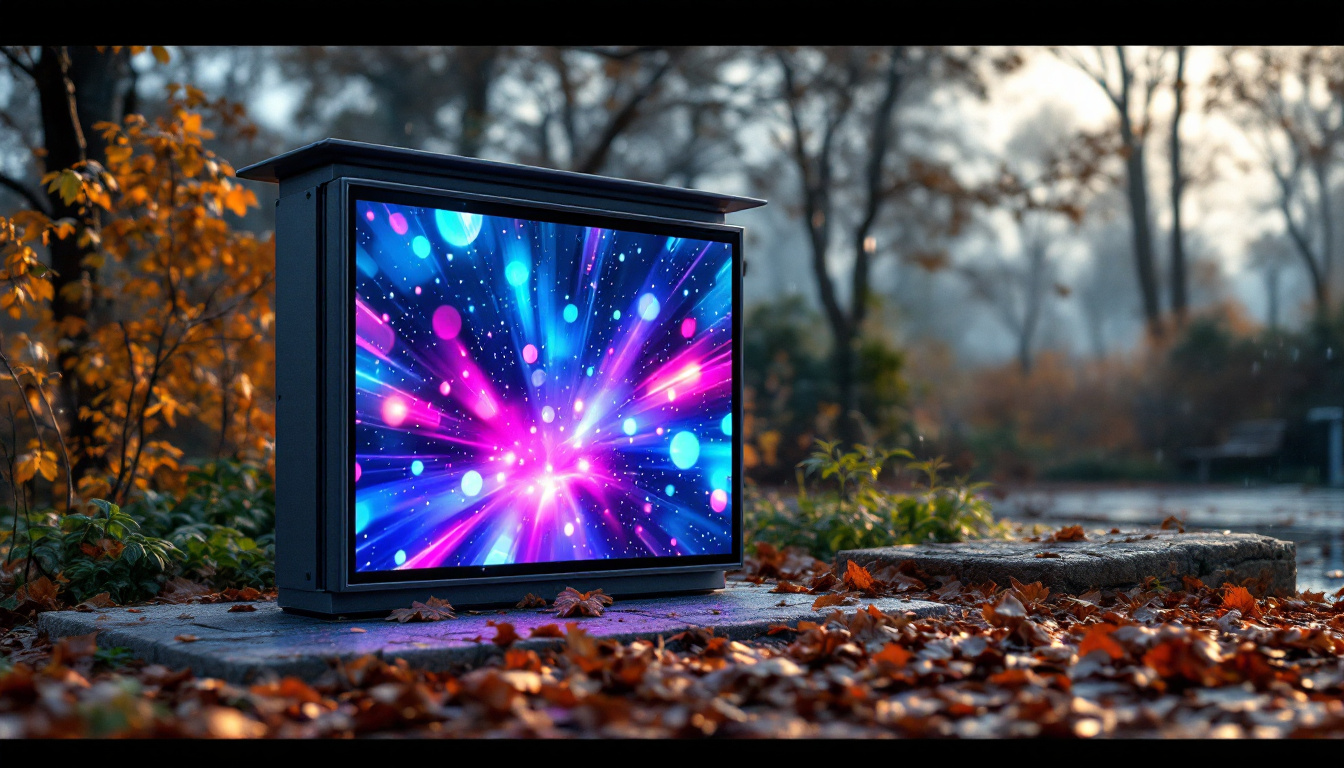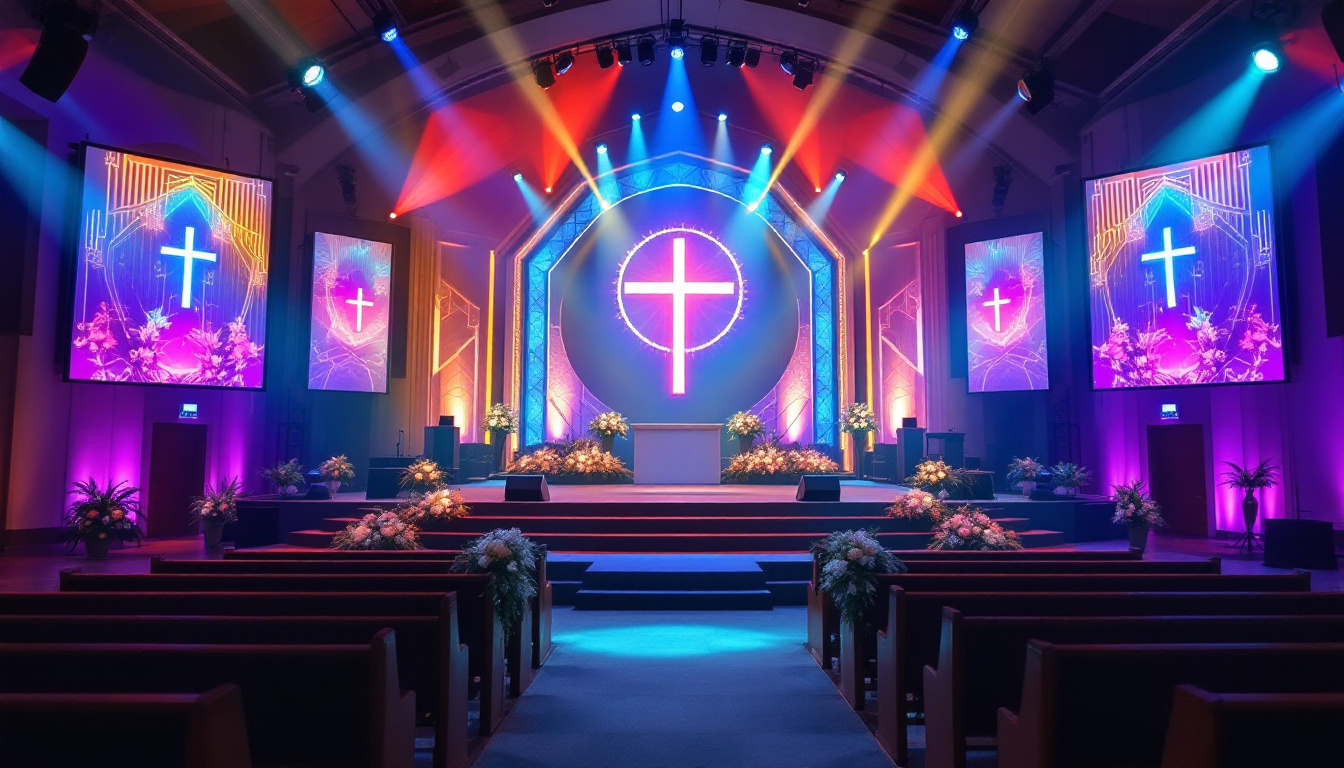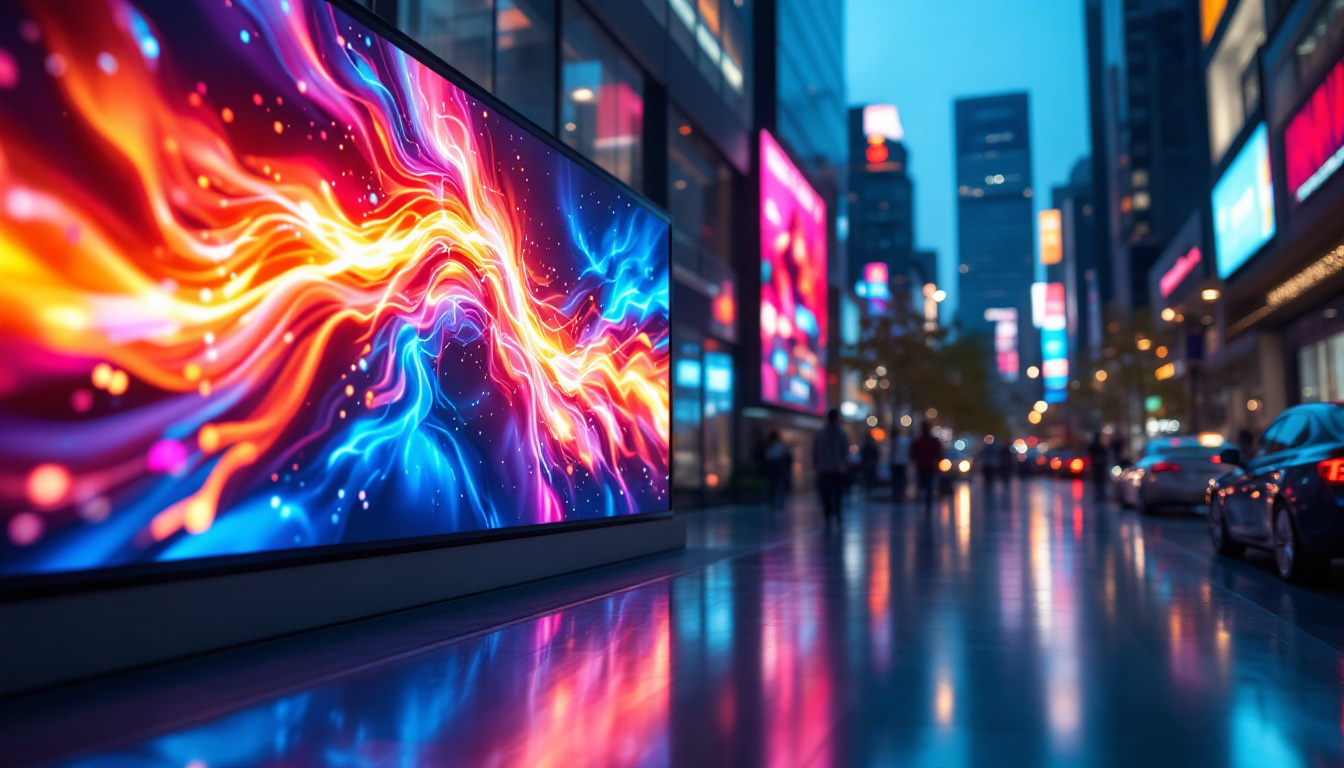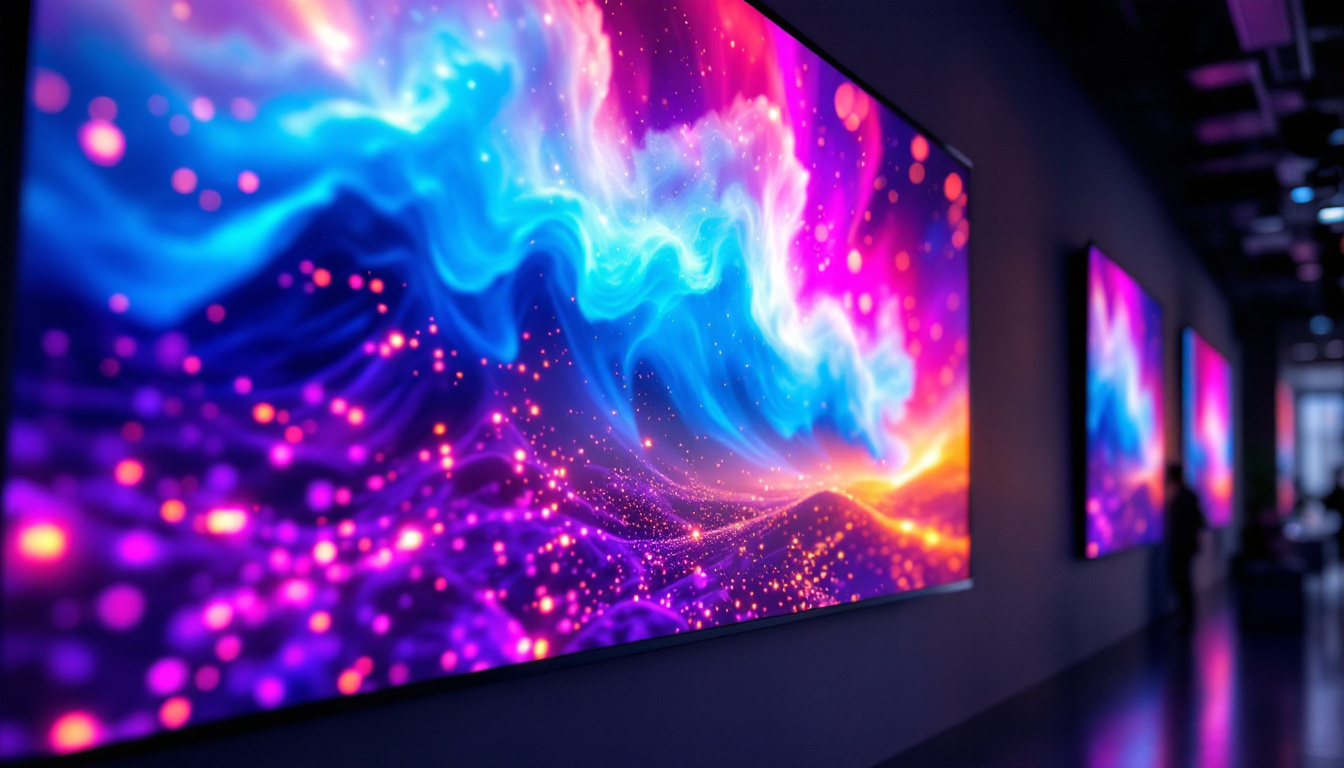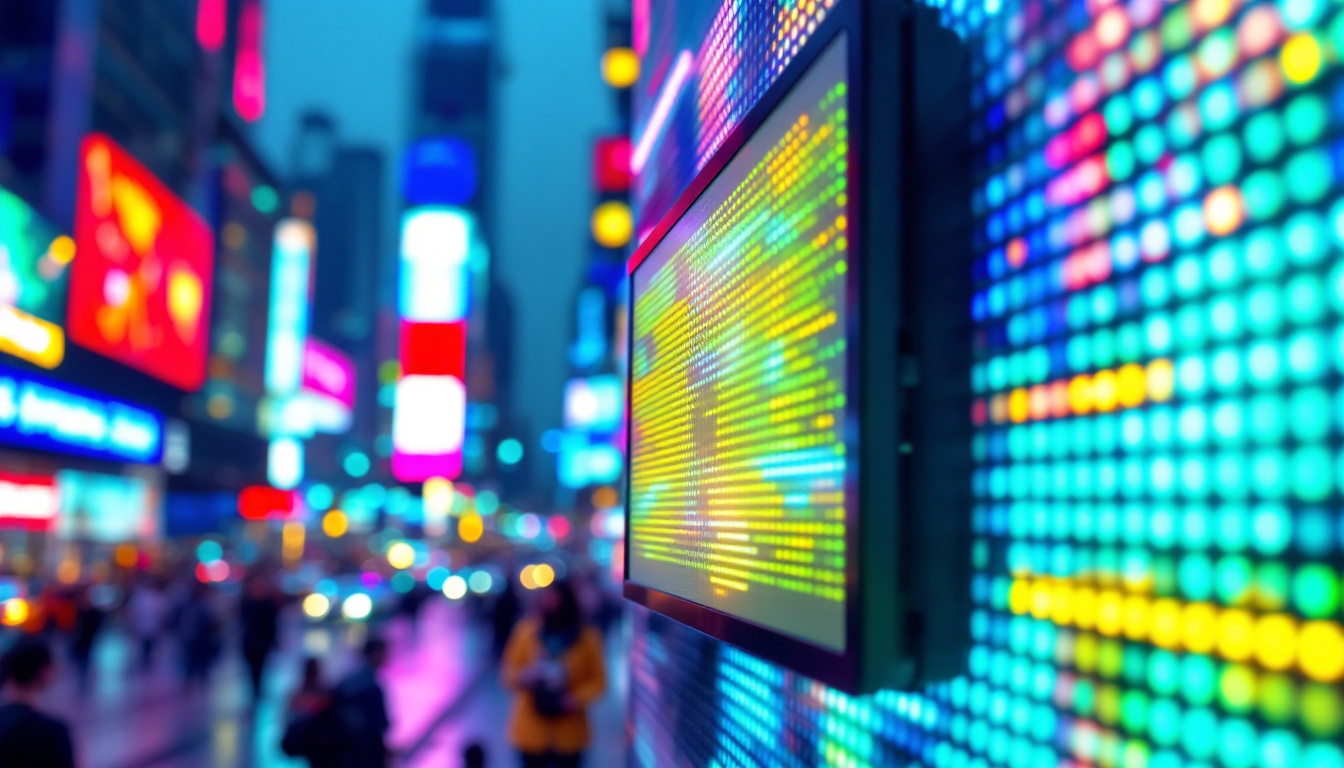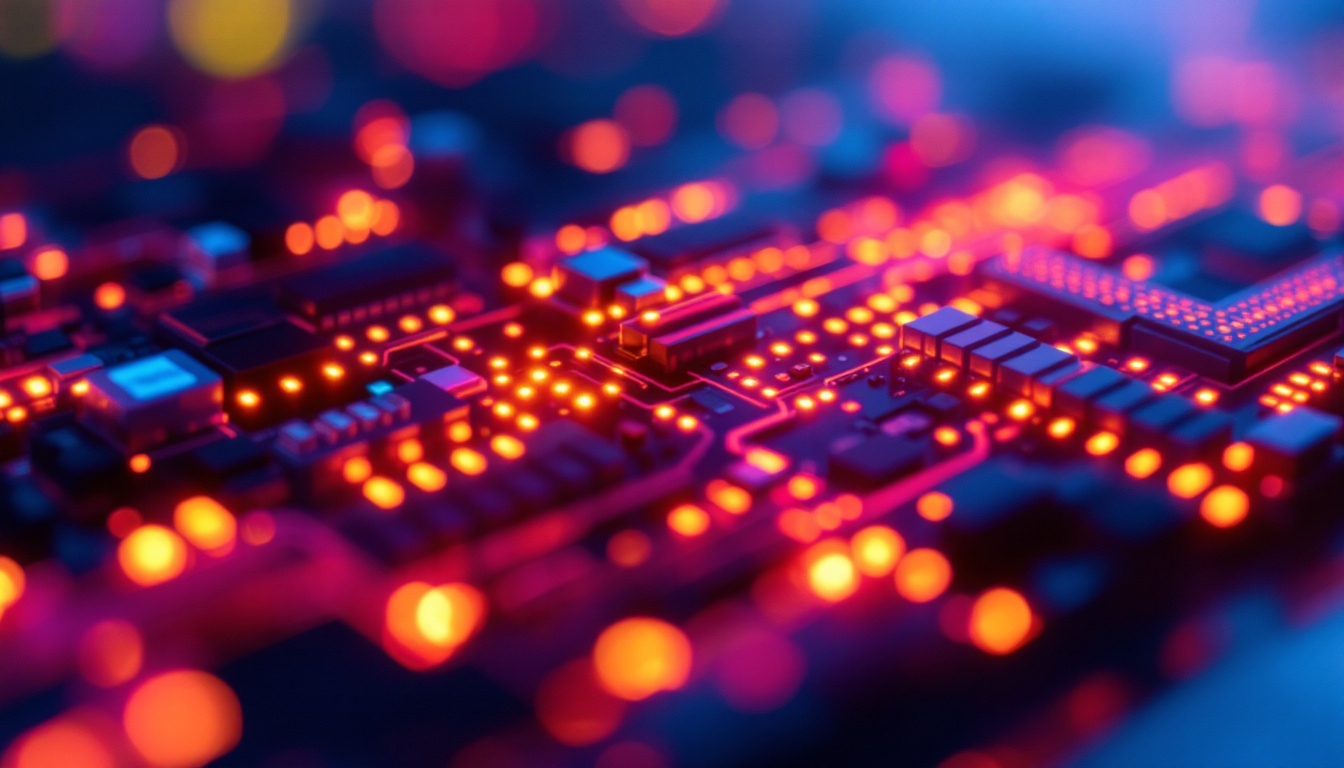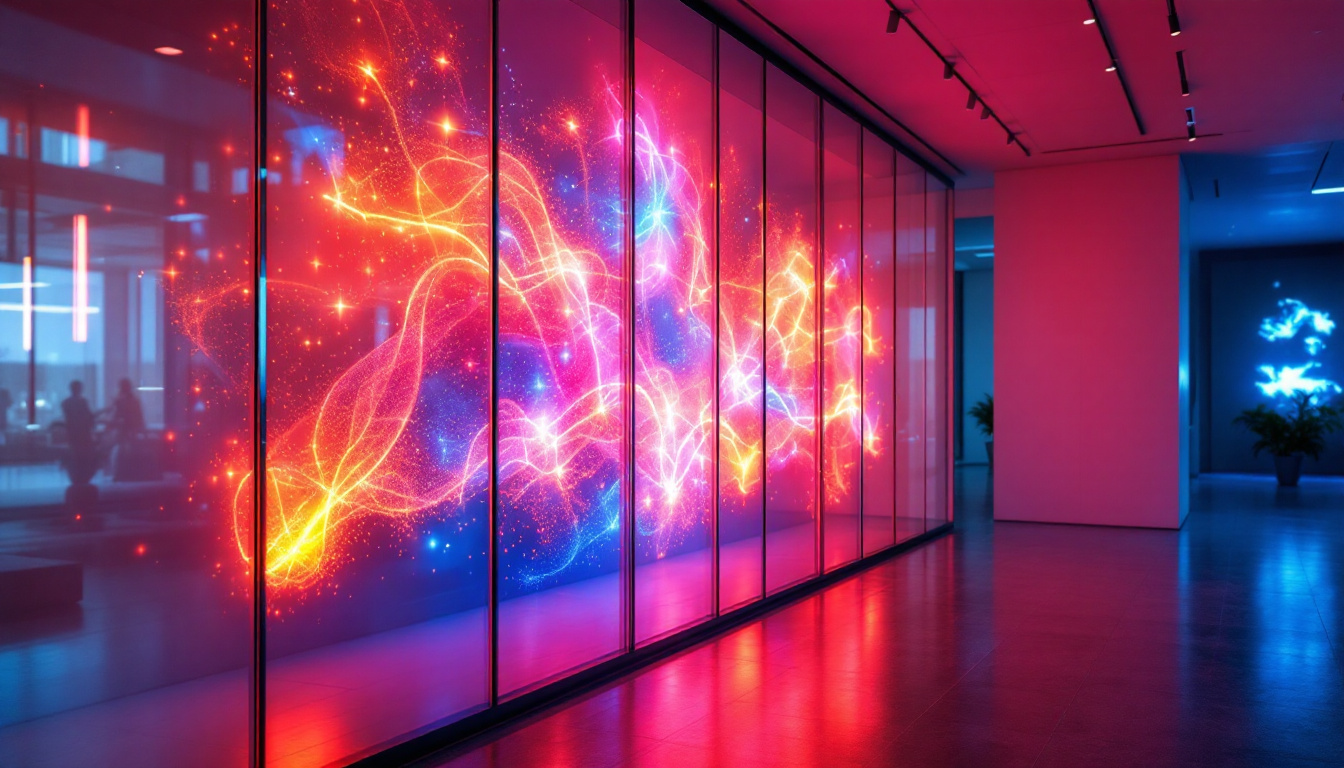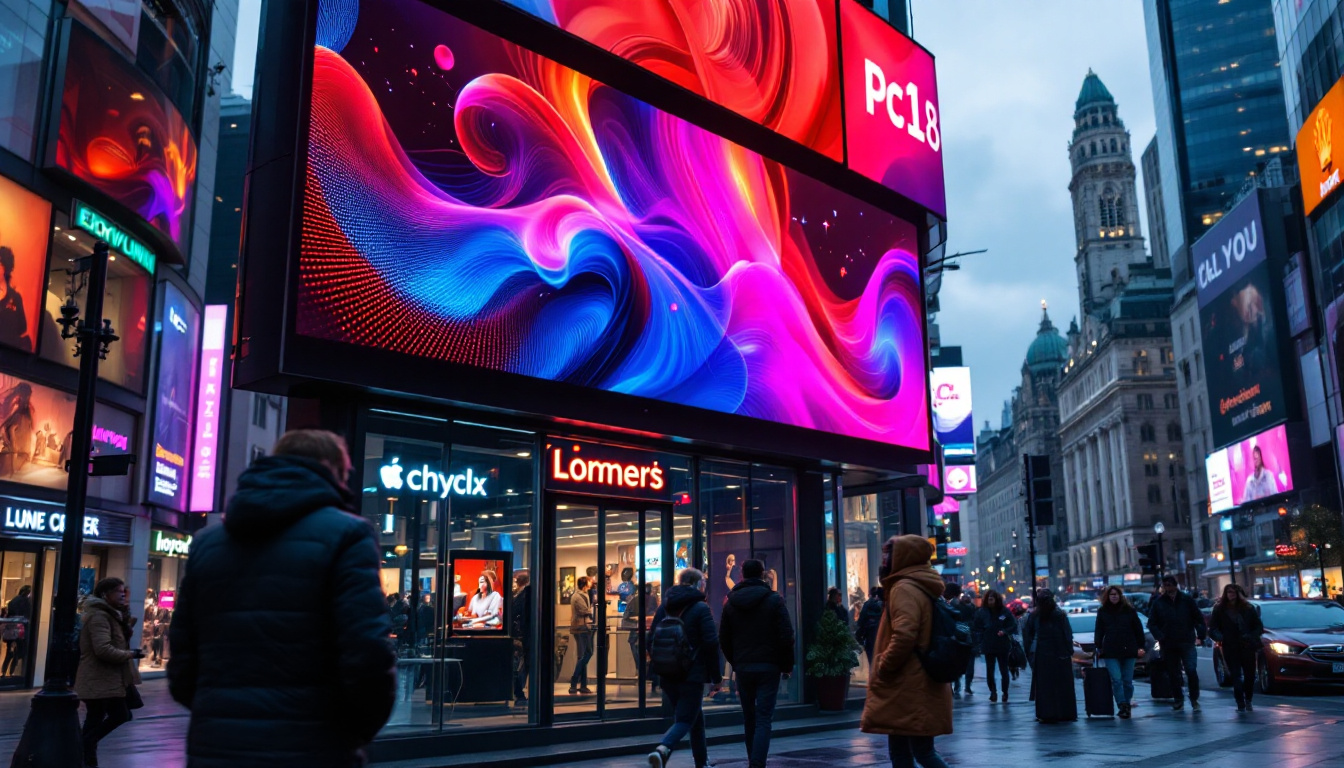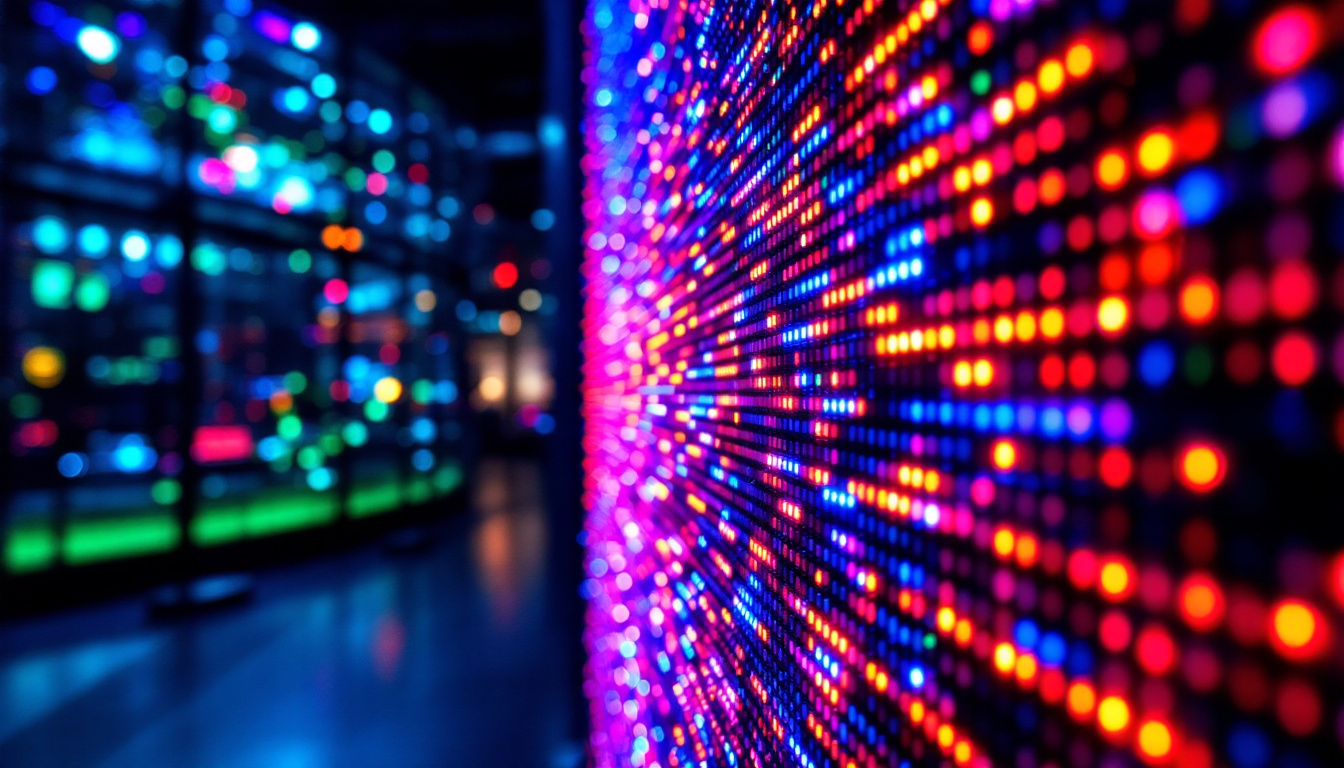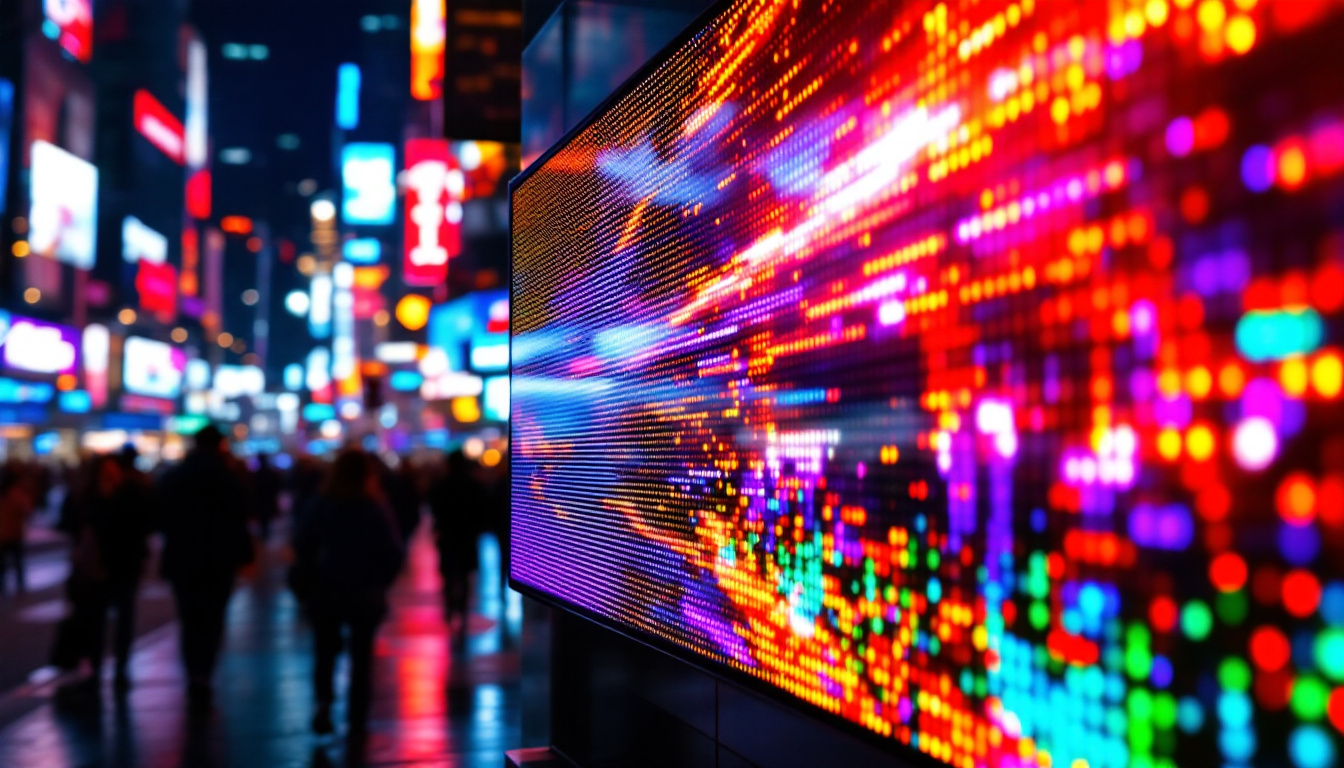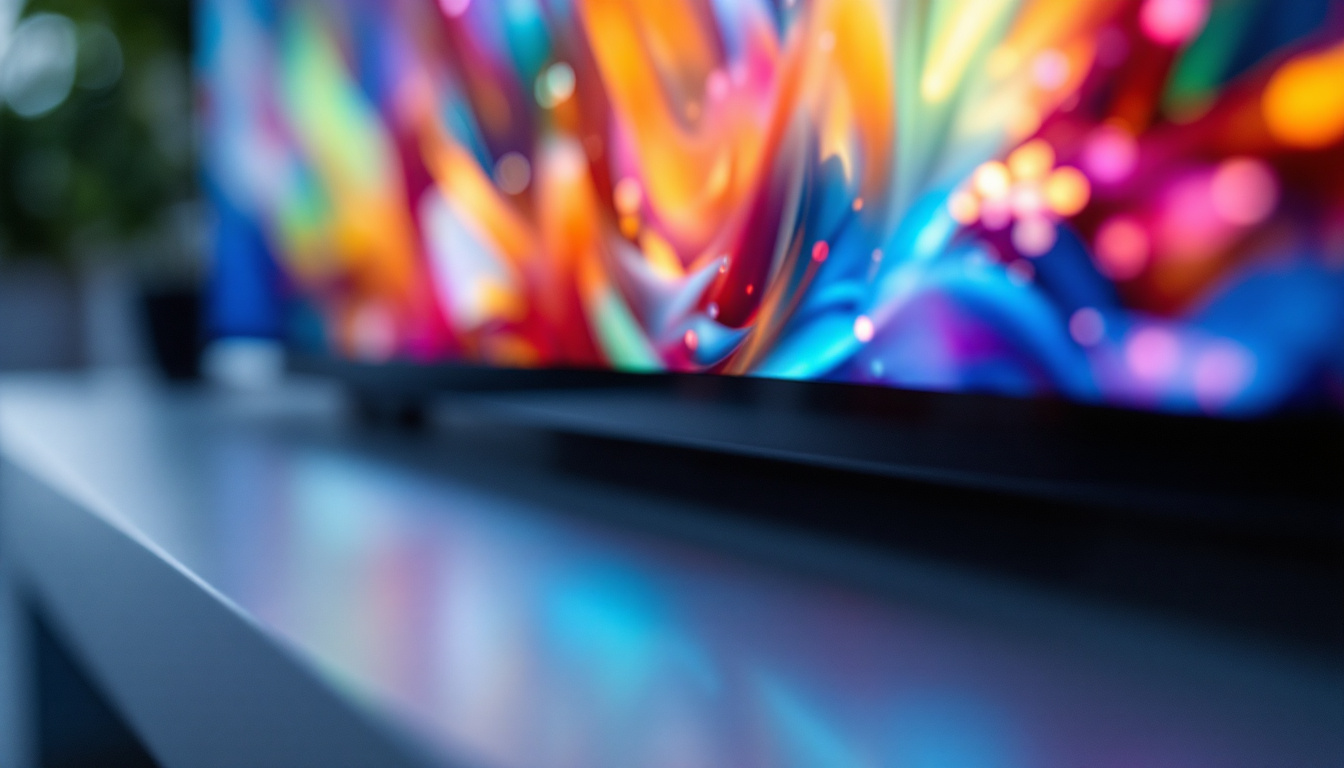In recent years, LED technology has revolutionized the way we perceive and interact with visual displays. Among the various applications of this technology, light panels have emerged as a popular choice for both commercial and residential settings. This article delves into the intricacies of light panels, exploring their functionality, benefits, and applications.
Understanding LED Technology
What is LED Technology?
Light Emitting Diodes (LEDs) are semiconductor devices that emit light when an electric current passes through them. Unlike traditional incandescent bulbs, LEDs are energy-efficient, long-lasting, and capable of producing a wide spectrum of colors. This versatility makes them ideal for various applications, from simple indicator lights to complex display systems. The technology behind LEDs has evolved significantly since their inception, with advancements leading to brighter, more efficient models that can be used in everything from residential lighting to large-scale outdoor displays.
Moreover, the compact size of LEDs allows for innovative designs that were previously impossible with larger light sources. This has led to their integration into a myriad of products, including televisions, smartphones, and even automotive lighting. As the demand for energy-efficient solutions continues to rise, LED technology is becoming increasingly prevalent in both consumer and industrial markets, paving the way for a more sustainable future.
How LED Displays Work
LED displays consist of numerous small LEDs arranged in a grid. Each LED can be individually controlled, allowing for the creation of dynamic images and animations. The display works by varying the intensity of each LED, which is controlled by a microcontroller or computer system. This technology enables the display to showcase everything from static images to full-motion video. The rapid response time of LEDs also contributes to their effectiveness in displaying high-speed content, making them ideal for applications such as sports events and live performances.
In addition to their visual capabilities, LED displays can be designed to be transparent or flexible, opening up new possibilities for creative installations. For instance, transparent LED screens can be integrated into windows or storefronts, allowing for advertising without obstructing the view. Flexible LED panels can be bent and shaped to fit unique architectural designs, further enhancing their aesthetic appeal while maintaining functionality. This adaptability is a key factor in the growing popularity of LED technology across various industries.
Key Advantages of LED Technology
One of the most significant advantages of LED technology is its energy efficiency. LEDs consume significantly less power compared to traditional lighting solutions, which translates to lower electricity bills and a reduced carbon footprint. Furthermore, LEDs have a longer lifespan, often lasting tens of thousands of hours, which minimizes the need for frequent replacements. This durability not only saves money but also reduces waste, making LEDs a more environmentally friendly option.
Additionally, LEDs generate less heat than incandescent bulbs, which means they are safer to use and can be placed in more compact spaces without the risk of overheating. This feature is particularly beneficial in applications where heat buildup can be detrimental, such as in electronic devices or intricate lighting designs. The ability to dim LEDs without losing color quality also enhances their versatility, allowing users to create the perfect ambiance for any setting, from cozy home environments to vibrant commercial spaces.
What are Light Panels?
Definition and Composition
Light panels are flat, thin displays made up of multiple LEDs that can be mounted on walls or ceilings. They are designed to provide ambient lighting or serve as a canvas for digital art, advertisements, or information displays. Typically, light panels are constructed using a combination of LED strips, diffusers, and a backing material that supports the entire structure. The LEDs used in these panels are energy-efficient, often utilizing advanced technology to produce vibrant colors while consuming minimal power. This not only makes them environmentally friendly but also cost-effective in the long run.
In addition to their functional components, light panels can be enhanced with smart technology, allowing for features such as remote control, color changing, and integration with home automation systems. This capability enables users to adjust the ambiance of a room with ease, creating a dynamic atmosphere that can shift from a calming blue hue to a vibrant red for a party setting. The versatility of light panels makes them a popular choice for both residential and commercial spaces.
Types of Light Panels
There are several types of light panels available in the market, each catering to different needs and preferences. Some common types include:
- Backlit Panels: These panels feature a light source behind a translucent surface, creating a uniform glow that is ideal for signage and displays. They are often used in retail environments to highlight products or promotions, ensuring that messages are visible even from a distance.
- Edge-Lit Panels: In these panels, LEDs are placed along the edges, and light is guided through a diffusing material to create an even illumination across the surface. This design allows for a slimmer profile, making them perfect for modern aesthetics where space is a premium.
- Modular Panels: These are customizable units that can be arranged in various configurations, allowing users to create unique designs and patterns. They are especially popular in creative workspaces and art installations, where the ability to change the layout can inspire new ideas and foster collaboration.
Furthermore, light panels can also be categorized based on their intended use, such as decorative panels that enhance interior design or functional panels that serve specific purposes like task lighting in offices. Some light panels even come with built-in sensors that adjust brightness based on ambient light levels, ensuring optimal illumination throughout the day. This adaptability not only enhances user comfort but also contributes to energy savings, making light panels a smart choice for sustainable living.
Benefits of Light Panels
Energy Efficiency
As mentioned earlier, one of the primary benefits of LED technology is its energy efficiency. Light panels consume significantly less power compared to traditional lighting options, making them an eco-friendly choice. This efficiency not only lowers energy costs but also reduces the overall environmental impact.
Versatility and Aesthetic Appeal
Light panels offer remarkable versatility in design and application. They can be used in various settings, from offices and retail spaces to homes and art installations. The ability to customize colors, brightness, and patterns allows for creative expression, enhancing the aesthetic appeal of any environment.
Low Maintenance
With their long lifespan and durability, light panels require minimal maintenance. Unlike traditional lighting solutions that may need frequent bulb replacements, light panels can operate for years without significant issues. This low maintenance requirement makes them a cost-effective option in the long run.
Applications of Light Panels
Commercial Use
In commercial settings, light panels are commonly used for advertising and branding. Retailers often utilize them to create eye-catching displays that attract customers. The ability to change the content easily allows businesses to keep their messaging fresh and relevant.
Architectural Lighting
Light panels have also found their way into architectural lighting design. They can be integrated into walls, ceilings, or even furniture to create a unique ambiance. This application is particularly popular in modern interiors, where sleek lines and minimalism are emphasized.
Art Installations
Artists and designers are increasingly using light panels as a medium for their work. The dynamic nature of LED displays allows for interactive art installations that engage viewers in new and exciting ways. This trend has led to the emergence of light art as a recognized form of contemporary art.
Installation and Setup
Choosing the Right Location
When installing light panels, selecting the right location is crucial. Consider factors such as visibility, ambient light, and the intended use of the panels. For instance, panels used for advertising should be placed in high-traffic areas, while those meant for ambient lighting can be positioned in more secluded spots.
Mounting Options
Light panels can be mounted in various ways, including flush mounting, surface mounting, or hanging. The choice of mounting method will depend on the design of the space and the desired aesthetic. For example, flush-mounted panels create a seamless look, while hanging panels can add depth and dimension to a room.
Power Supply and Control Systems
Proper power supply and control systems are essential for the effective operation of light panels. Ensure that the electrical system can handle the load required by the panels. Additionally, consider integrating smart control systems that allow for remote operation and scheduling, enhancing the functionality of the light panels.
Future Trends in Light Panel Technology
Smart Integration
The future of light panels is closely tied to advancements in smart technology. As homes and businesses become increasingly automated, light panels are expected to integrate seamlessly with smart home systems. This integration will allow users to control lighting through voice commands or mobile apps, enhancing convenience and efficiency.
Improved Energy Efficiency
While current LED technology is already energy-efficient, ongoing research and development aim to further enhance this aspect. Future light panels may utilize even less energy while providing brighter and more vibrant displays. Innovations in materials and design will play a crucial role in achieving these advancements.
Interactive Displays
As technology evolves, the potential for interactive light panels will expand. Future displays may incorporate touch-sensitive surfaces or motion sensors, allowing users to interact with the content directly. This interactivity could transform how information is presented and experienced, particularly in educational and entertainment settings.
Conclusion
Light panels represent a significant advancement in display technology, offering an array of benefits that cater to both aesthetic and functional needs. Their versatility, energy efficiency, and low maintenance make them an attractive option for various applications, from commercial advertising to artistic installations. As technology continues to evolve, the future of light panels looks promising, with innovations that will enhance their capabilities and integration into our daily lives.
Whether for enhancing the ambiance of a space or creating dynamic displays, light panels are poised to play a crucial role in the future of visual communication. Embracing this technology can lead to more engaging, efficient, and sustainable solutions in both personal and professional environments.
Discover LumenMatrix LED Display Solutions
Ready to elevate your space with the latest in LED display technology? Look no further than LumenMatrix, where innovation meets visual artistry. Our extensive range of LED display modules, from Indoor and Outdoor LED Walls to Custom and Transparent Displays, is designed to transform any environment into a dynamic visual experience. Whether you’re looking to captivate customers, enhance your brand’s visibility, or create an immersive atmosphere, LumenMatrix has the solution. Check out LumenMatrix LED Display Solutions today and step into the future of visual communication.

